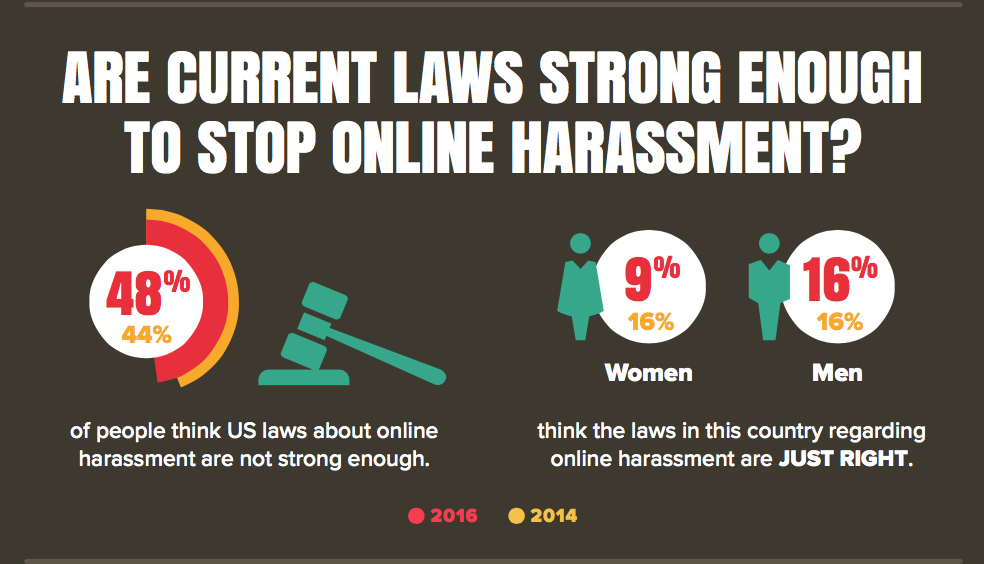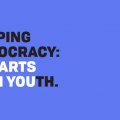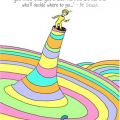New Poll Reveals: Online Harassment's Still A Problem Despite Action Taken By Social Networks
Folks, two years ago, the Craig Newmark Philanthropic Fund, Rad Campaign, and Lincoln Park Strategies polled 1,007 Americans to figure out how much people were harassed online. Recently a comparison poll was conducted to see how things have changed. The data that was gathered was put into an infographic, which you can check out here. The question: Are social media outlets doing enough to keep harassers out?
What was discovered is that sexual harassment has decreased, but political harassment’s up from 16% to 30%. You may have heard about Ghostbusters 2 star Leslie Jones and her terrible experiences with online harassment, particularly racist and sexist hate speech. In an interview with Seth Meyers, Jones said she teamed up with the CEO of Twitter to get several accounts shut down. Now, she’s making an effort to distinguish the difference between hate speech and freedom of speech.
The poll also revealed that the majority of people who are harassed online are people of color. That’s really concerning and illustrates why we need to do better.
 onlineharassmentdata.org/2016[/caption]
onlineharassmentdata.org/2016[/caption] It was also found that women want stricter laws to stop online harassment. In 2014, the poll found that the same percentage of men and women (16%) thought online harassment laws were “just right.” This year, 16% of men and only 9% women are content with current laws regarding online harassment.
“What we’re seeing by examining trends longitudinally is that online harassment is not an easy fix. Despite some efforts by social networks to incorporate policies to stop online harassment, the problem is not going away,” said social media consultant Allyson Kapin of Rad Campaign, a partner in the online harassment poll. “Clearly we need to institute better tools, algorithms, and policies to support and empower people online, such as better methods for reporting harassment, as well as more effective and timely responses from the social networks themselves.”
Here are some key findings from the 2016 poll:
- Across all platforms, Facebook is the dominant location for harassment, even among heavy Twitter users.
- Tinder users report the highest levels of online harassment. 62% of daily Tinder users (3/4 of whom are millennials) say that they’ve been harassed online.
- Harassment is not anonymous. In almost 2 out of 3 instances (61%), respondents report knowing their harassers.
- Younger people are harassed more than older folks. 47% of millennials have either personally experienced harassment, or know someone who has. This percentage remains unchanged since 2014, despite policies implemented by social networks to address this.
- Women are harassed more than men. Of adults who reported harassment in 2016, 55% are women; 45% are men. The number for women is slightly down from 2014; for men slightly up.
- Harassment via email has increased. As more people use email daily, email harassment has risen from 20% to 25% from 2014 to 2016.
“While there are a few pieces of good news in the data, overall we still have a long way to go to solve this pressing problem,” said Stefan Hankin, President of Lincoln Park Strategies. “Given the amount of attention that this issue has received over the past couple years, we would expect to see more dramatic shifts in the numbers, but that was not the case. If companies and individuals are looking to truly solve this problem, we are going to need to rethink our approach.”
 onlineharassmentdata.org/2016[/caption]
onlineharassmentdata.org/2016[/caption] Folks, we’ve got to continue to speak out about online harassment. It’s up to all of us to do our part, to report bad actors, and encourage civility. The social media networks can’t do it alone, though they’ve definitely got their work cut out for them. What suggestions do you have for combating online harassment?
The poll was conducted by the Craig Newmark Philanthropic Fund, Rad Campaign, and Lincoln Park Strategies. 1,017 Americans ages 18 and over were polled about their experiences with online harassment. The margin of error is ±3.07 percent at the 95 percent confidence level.





